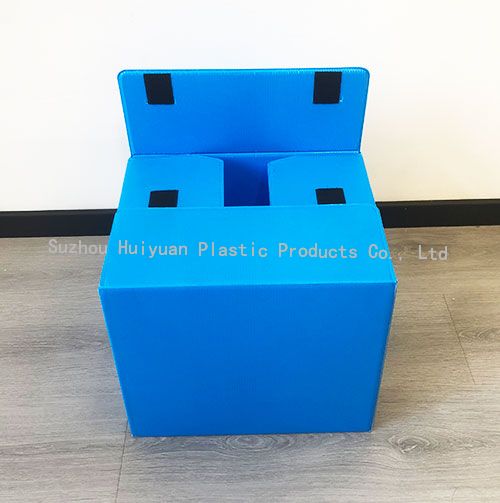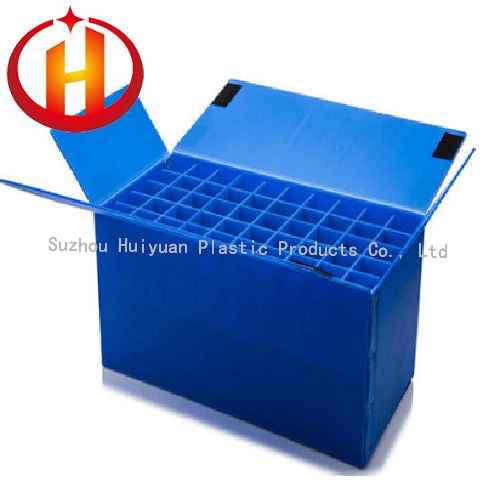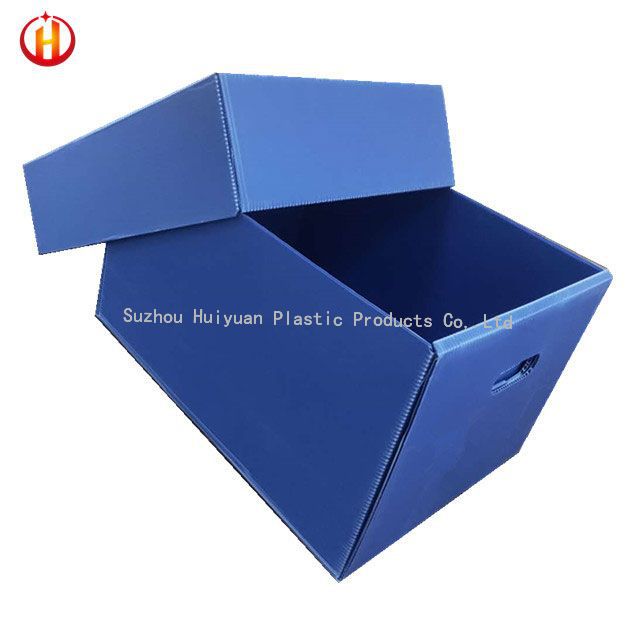©Copyright 2019 Suzhou Huiyuan Plastic Products Co., Ltd All rights reserved. Terms and Conditions Designed by iwonder.cnSite Map
In the modern era of logistics and e-commerce, the materials used for packaging and shipping play a crucial role in operational efficiency, environmental impact, and cost savings. Among the various options available, shipping plastic boxes have emerged as a preferred solution for many businesses and individuals. Durable, reusable, and highly customizable, these boxes are revolutionizing how goods are moved across regions. In this article, we will explore in detail the benefit of shipping plastic boxes, why they’re gaining popularity, and how they compare to traditional alternatives like cardboard or wooden crates.

One of the primary benefits of shipping plastic boxes is their durability. Unlike cardboard boxes, which can easily tear or collapse under pressure, plastic boxes are engineered to withstand rough handling, stacking pressure, and exposure to various environmental conditions. Whether they are being shipped across short distances or transported internationally, shipping plastic boxes provide superior protection against physical damage.
Plastic materials such as high-density polyethylene (HDPE) or polypropylene (PP) are commonly used in the production of these boxes. These materials are resistant to moisture, pests, and extreme temperatures—making them ideal for shipping perishable goods, electronics, or sensitive equipment.
Sustainability is now a critical factor in packaging decisions. Traditional packaging materials, especially single-use cardboard, contribute significantly to waste. In contrast, shipping plastic boxes offer the advantage of being reusable, often for hundreds of cycles. This dramatically reduces the amount of packaging waste sent to landfills.
Using reusable plastic shipping boxes not only contributes to environmental conservation but also helps businesses save money over time. Although the initial investment may be higher, the cost per use decreases substantially when these boxes are used repeatedly. Moreover, reusability enhances operational efficiency in closed-loop supply chains, where the same containers are returned and reused multiple times.
Shipping fragile or valuable goods requires packaging that ensures maximum protection. Shipping plastic boxes often come with interlocking lids, reinforced corners, and anti-static linings, providing better protection compared to cardboard alternatives. Some models are designed with foam inserts, compartments, or customizable dividers to secure different items snugly in place.
For industries such as pharmaceuticals, electronics, or automotive, this level of security is essential. Moisture-resistant and dust-proof properties further protect the contents from contamination, especially in long-distance shipping.
Warehouse and shipping space are valuable commodities. The rigid and uniform design of shipping plastic boxes allows for efficient stacking and optimal use of space. This stackability reduces the need for additional shelving or separators during transportation and storage.
Additionally, many plastic boxes are designed to be nestable or collapsible when empty. This means that when not in use or during return shipments, they take up significantly less space—another cost-saving and logistical advantage.
Unlike cardboard or wooden containers, plastic boxes are manufactured with precise dimensions and consistent weight. This consistency is particularly valuable for automated logistics and inventory management systems, where uniform packaging simplifies loading, scanning, and sorting processes.
Automated conveyor belts, robotic arms, and storage systems can handle shipping plastic boxes more effectively due to their rigid and uniform structure, leading to increased productivity in warehouses and distribution centers.
While shipping plastic boxes generally have a higher upfront cost compared to traditional options, the long-term financial benefits are significant. Reduced need for replacement, fewer damaged goods, lower disposal costs, and improved handling efficiency all contribute to a lower total cost of ownership.
Businesses that operate in industries with frequent shipping cycles—such as retail distribution, food delivery, or rental services—can benefit tremendously by adopting plastic containers as a long-term investment.

Cleanliness is a crucial factor, especially in industries like healthcare, food services, and pharmaceuticals. Plastic boxes can be easily sanitized and disinfected between uses, ensuring that they meet high hygiene standards. Unlike cardboard, which absorbs liquids and is difficult to clean, shipping plastic boxes resist staining and bacterial growth.
Many plastic containers are also FDA-compliant and safe for direct contact with consumable goods, making them a reliable choice for sensitive applications.
Plastic shipping boxes are available in a wide range of colors, sizes, and designs. This allows businesses to choose boxes that match their specific logistics requirements. Moreover, companies can brand these boxes with logos, barcodes, or RFID tags to enhance visibility and tracking.
For high-volume shippers, customization can streamline logistics, improve brand presence, and even deter theft. Some businesses also use color-coded plastic boxes to distinguish between product categories or shipping routes.
In many transportation scenarios, goods are exposed to harsh weather conditions or chemicals. Whether it's rain, UV rays, snow, or industrial solvents, plastic containers offer a higher resistance compared to cardboard and wooden packaging.
This makes shipping plastic boxes ideal for outdoor logistics operations, marine shipping, and environments where corrosion or moisture could compromise the integrity of traditional packaging.
Shipping plastic boxes are used across a wide range of industries. From retail and automotive to food processing and pharmaceuticals, their versatility is unmatched. They can serve as:
Plastic moving bins for relocating offices or residences
Plastic packing boxes for e-commerce shipments
Storage containers for warehouse organization
Returnable transit packaging for supply chains
Secure containers for high-value or fragile items
This broad applicability further strengthens the case for switching to plastic solutions.

The benefit of shipping plastic boxes is clear across multiple dimensions: durability, sustainability, hygiene, and cost-effectiveness. As businesses continue to optimize their logistics processes and embrace environmentally responsible practices, plastic boxes offer a forward-thinking alternative to traditional packaging. Whether you’re managing a large warehouse, running a moving company, or shipping consumer goods, investing in high-quality shipping plastic boxes can lead to better performance, lower operational costs, and a smaller environmental footprint.
With their ability to serve as reusable plastic shipping boxes, plastic moving bins, or plastic packing boxes, these containers are not just a trend—they are a long-term solution for modern logistics.
By continuing to use the site you agree to our privacy policy Terms and Conditions.